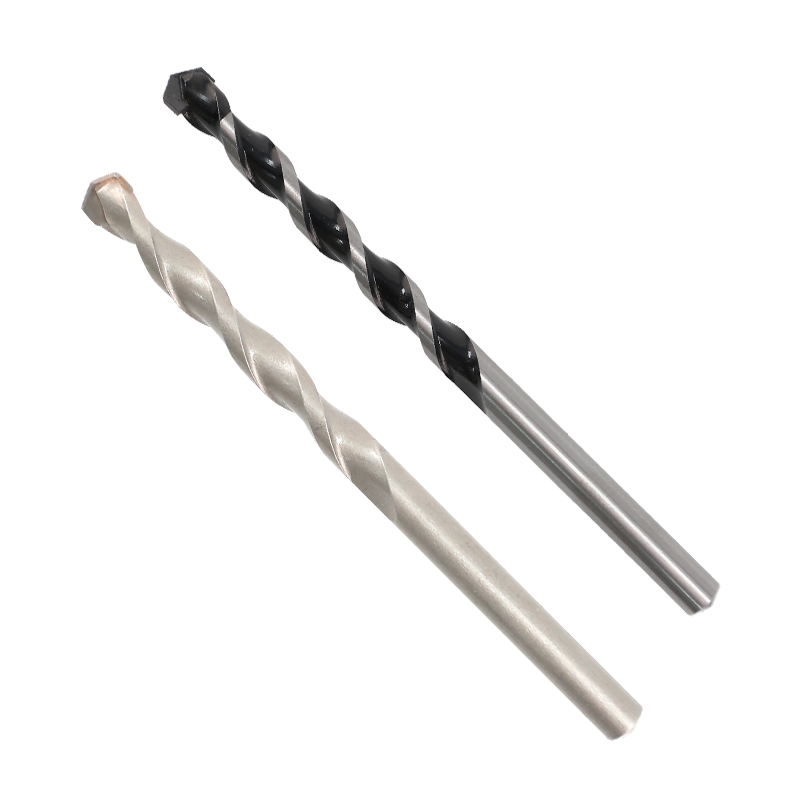2025-08-22
Introduction: Importance of Heat Dissipation in Power Tools
In power tools like the SDS Plus Hammer Drill, heat generation is an inevitable byproduct of prolonged use. Efficient heat dissipation is critical not only for maintaining the tool’s performance but also for extending its lifespan and ensuring user safety. Overheating can cause motor damage, reduce drilling efficiency, and even result in unexpected shutdowns. Therefore, understanding how the SDS Plus Hammer Drill manages heat during long working hours is vital for professionals relying on these tools for demanding tasks.

Design Features That Support Heat Dissipation
Modern SDS Plus Hammer Drills incorporate several design elements aimed at improving heat dissipation. These include ventilated motor housings, heat sinks, and internal cooling fans. The ventilation system allows airflow around the motor and internal components, which carries away heat generated by electrical resistance and mechanical friction. Some high-end models feature advanced cooling technologies, such as enhanced fan blades or heat-resistant materials that improve thermal conductivity. These design considerations help maintain a suitable operating temperature during continuous drilling.
Impact of Heat on Performance and Durability
Excessive heat buildup can negatively impact the SDS Plus Hammer Drill’s performance in several ways. When the motor temperature rises beyond safe limits, the tool may suffer from decreased power output and slower drilling speeds. Internal components, such as bearings and brushes, can wear out more quickly due to thermal expansion and material degradation. Additionally, overheating can cause damage to electronic controls and circuitry in models equipped with electronic speed or impact force regulation. Therefore, adequate heat management is essential for preserving both the performance and durability of the drill.
User Practices to Enhance Cooling During Extended Use
Apart from built-in design features, user practices play a crucial role in managing heat during prolonged work. Taking regular breaks allows the drill to cool down, preventing excessive temperature buildup. Using the tool at appropriate speeds and avoiding continuous full-throttle operation can reduce heat generation. Ensuring that ventilation openings remain unobstructed by dust or debris is also important, as clogged vents hinder airflow and cooling efficiency. Additionally, using the correct drill bits and applying proper pressure reduces motor strain and associated heat production.
Signs of Overheating and Preventive Measures
Users should be aware of signs indicating overheating, such as an unusually hot motor housing, burning smells, or a sudden decrease in performance. Some SDS Plus Hammer Drill models include thermal overload protection systems that automatically shut down the tool to prevent damage. When these signs appear, it is advisable to stop the operation and allow sufficient cooling time before resuming work. Regular maintenance, including cleaning air vents and inspecting components, helps sustain effective heat dissipation over the drill’s service life.
Understanding Heat Management and Thermal Performance of SDS Plus Hammer Drill
In conclusion, the SDS Plus Hammer Drill is engineered with multiple features to facilitate effective heat dissipation during extended use, ensuring reliable performance and tool longevity. However, proper usage and maintenance practices are equally important to prevent overheating and related damage. By combining thoughtful design with responsible operation, users can improve the drill’s efficiency and durability, making it a dependable tool for heavy-duty and long-duration drilling tasks.